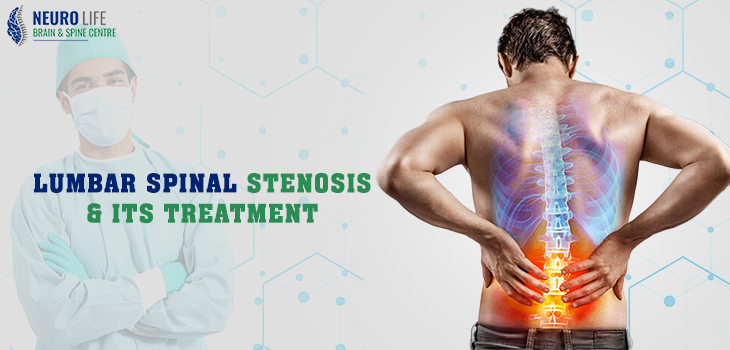What Is Lumbar Spinal Stenosis?
Did you know that your spinal cord is basically a bundle of nerves that the vertebrae form that runs through a tunnel?
Medically the experts call the tunnel a spinal canal. The narrowing of the spinal canal is the Lumbar spinal stenosis in the lower part of your back.
The term Stenosis means narrowing, which can create pressure on your spinal cord or the nerves that go from the spinal cord to your muscles.
You can have spinal stenosis in any part of your spine, but according to the Best Neurology Hospital in Punjab status, it is more prevalent in the lower back. The doctor also calls that part of your spine the lumbar area.
Also, five lumbar vertebrae connect your upper spine to your pelvis.
Treat Your Lumbar Spinal Stenosis
If you have lumbar spinal stenosis, you must seek Lumbar Canal Stenosis Treatment in Ludhiana. If you do not treat on time, then you might find a lot of difficulty in walking distances. You might also notice that you need to lean on something to get rid of the pressure on your lower back. Apart from that, you might also have some numbness or pain in the legs.
In certain serious conditions, there might be some trouble for you to control your bladder or bowel.
What Are The Causes Of Lumbar Spinal Stenosis?
One of the most common causes of lumbar spinal stenosis is undoubtedly osteoarthritis. It is gradual wear and tear that occurs to your joint over the course of time.
Lumbar spinal stenosis is pretty common because osteoarthritis starts to lead to changes in most people’s spines when they age 50 or older. This is the reason why people who notice the symptoms of lumbar spinal stenosis are, in fact, 50 or older. Besides, those women are more likely to develop spinal stenosis than men.
Apart from osteoarthritis, there are some other conditions that can lead to spinal stenosis, including:
- Narrow spinal canal
- Injury to the spine
- Spinal tumor
- Certain bone diseases
- Past surgery on the spine
- Rheumatoid arthritis
What Are The Symptoms Of Lumbar Spinal Stenosis?
You will notice no symptoms in the initial stage of lumbar spinal stenosis. In most cases, the symptoms gradually develop over a period of time. Some of the most common sign that indicates lumbar spinal stenosis include:
- Experiencing pain in the back.
- Feel burning pain that goes into the buttocks and the legs (known as sciatica).
- Experiencing tingling, numbness, weakness, cramping in the legs
- Loss of sensation in the feet.
- A weakness in the foot can lead the foot to slap down when walking. It is also known as “foot drop.”
- Loss of sexual ability.
If there is pressure in the lumbar region, it might do you more bad as it can cause severe symptoms such as cauda equina syndrome.
The severe symptoms are:
- Loss of bladder control or bowel.
- Severe weakness and pain that spreads into one or both legs.
- Increasing or severe numbness in the inner thighs, between your legs, and even back of your legs.



